Are Curses Real And At The Origin of Misfortunes ?
The Different Types of Curses In History

History and definition of curses
A curse, unlike a blessing, is a dark spell that aims to inflict a calamity or a series of bad lucks on a person or group of individuals. Curses have been perceived since time immemorial as the cause of all misfortunes and their ill effects can last for years. Ancient curses were seen as pure witchcraft while in medieval times they began to take on a much more common aspect. Simple incantations recited by the average man could be enough to ward off evil and cause serious damage such as illness and injury, or even more serious mishaps ranging from simple accidents to death.
Magical curse imprecation
The imprecation of a magical curse on a damned is generally performed in a dark ritual and is usually accompanied by incantations of magic formulas sometimes associated with bewitched objects transmitted to the accursed person. Depending on the ritual and magical curse, imprecation may also require other more specific ingredients and predetermined gestures necessary for the ceremony or to hide the curse itself. The action time of an imprecation is also highly variable; some curses take effect immediately while others, with more severe repercussions, can take years or even millennia before going off. However, the final intention of the one who casts a magical curse is always the same: affliction, bad luck, misfortune, suffering and sudden death.
Evil eye curse
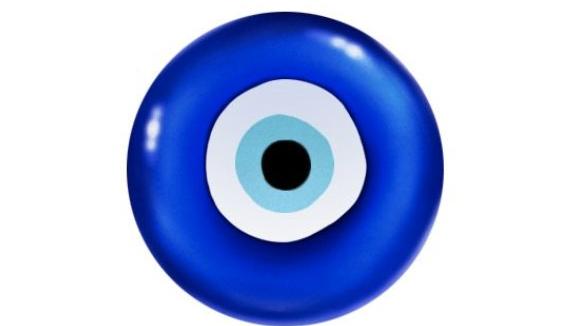
The evil eye is a type of curse that is thrown by a simple glance, often envious and unsympathetic. The individual with the evil eye is inherently bad, but the curse can be unintentional. It is difficult to define precisely the scope and effects of this type of curse, but it seems to be triggered only under certain circumstances. For example, many people claim to have been the victim of a bizarre spell after receiving the blessing of Pope Pius IX, presumably endowed with the evil eye.
There are several ways to protect oneself or to deflect spells casted by the evil eye. Talismans and amulets would be particularly effective evil eye protection as well as wearing a dye or mask. It is also to prevent some type of curse from falling on them that torturers always put a hood during execution.
The curse of Tutankhamun
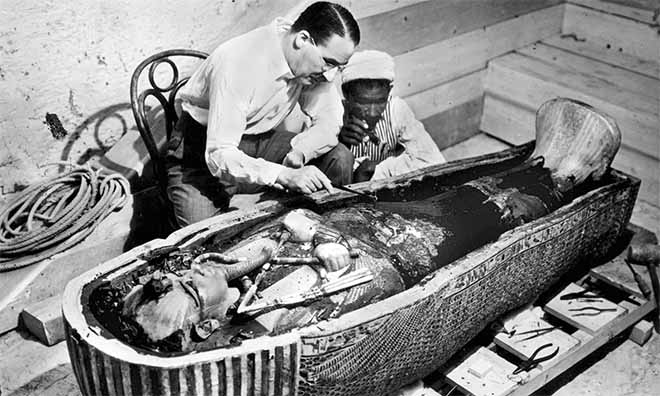
One of the most famous cases of ancient curse is that related to the discovery of the tomb of Tutankhamun, young egyptian pharaoh who died under strange circumstances at only 18 years old. In 1922, while on an expedition funded by Lord Carnarvon in the Valley of the Kings, a team of archaeologists led by Howard Carter unearthed the greatest treasure in the history of modern archeology. The tomb of Tutankhamun, which due to its modest design was never looted, contained an astonishing funeral furniture, a mask and a sarcophagus of gold, as well as many other objects and jewels of inestimable value. The walls of the burial chamber were also covered with decoration inspired by the Book of Coming Forth by Day (Book of the Dead).
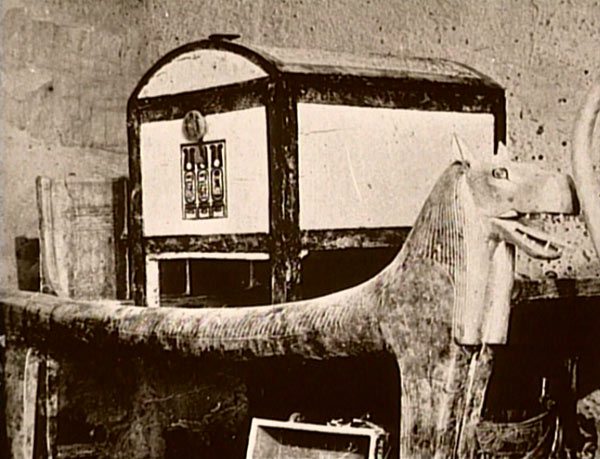
Some time after the discovery of the tomb, a first member of the expedition, Lord Carnarvon, lost his life. Over the next few years, twelve people linked to the case also died in a weird way and the journalists ignited. As depicted in the funeral pictograms, a magical curse would strike anyone daring to disturb the eternal rest of Tutankhamen; it is the curse of the pharaohs or the curse of King Tut's tomb.
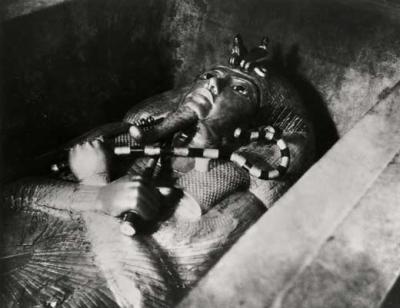
Many more or less far-fetched theses try to explain the events by invoking bacterias and fungis or by claiming powerful venoms remain active for millennia. Others have rather blame the release of supernatural and evil forces which would've remain captive in the King Tut's tomb all this time. For Edgard Wallace, the mummies of profane pharaohs would bring misery and a terrible ancient curse would fall on those approaching them.
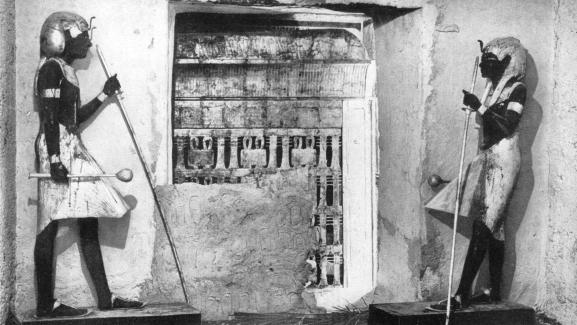
Skeptics argue that this is nothing more than a huge media wave surrounding an extraordinary discovery, but scientific research has discredited most assumptions and it seems that magical curses are more than ever at the center of strange phenomena and haunted places and objects.









































































































































































































































































































































